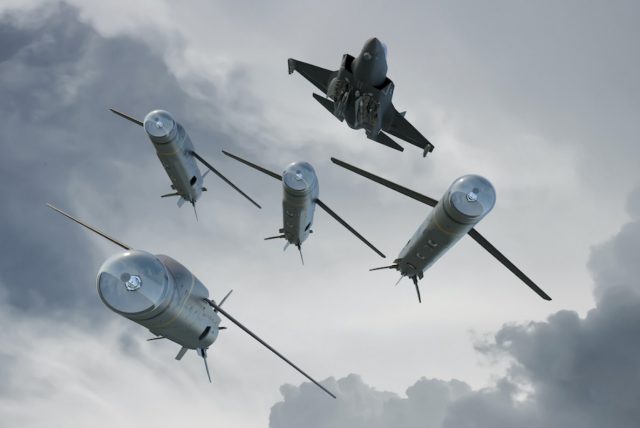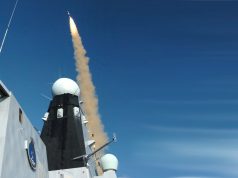Similarly to what the US Air Force is doing with its collaborative small diameter bombs project, the UK defense ministry wants to equip its missiles with the ability to talk to each other on their way towards the target.
The Defence Science Technology Laboratory (Dstl) has received £3.5 million to start work on the new technology.
By infusing the missiles with the ability to communicate with each other through software upgrades, the Co-operative Strike Weapons Technology Demonstrator (CSWTD) project will explore how this inter-missile communication can enhance the performance of current systems.
The project aims to increase the flexibility of missiles, ensuring that they can react to a changing threat or situation as it emerges, and improve their responsiveness. It will change the way missiles operate together with an upgrade to the software system that allows this co-operative behavior.
“Drawing on the vital expertise of our Dstl scientists, innovative new missile systems will enhance our current capabilities as defense adapts to meet future threats,” UK defense procurement minister Jeremy Quin said.
The investment into the CSWTD project will deliver the foundations for future co-operative missiles, including hardware and software, and also provide a number of systems studies to understand how co-operative missiles could be used in real operational scenarios, the defense ministry said.
“Currently missiles can communicate with the launch platform but not each other. The aim of this program is to investigate how inter-missile communication and cooperative behaviors can be technically achieved to solve UK military challenges,” Dstl Scientist Charlie said.
Work began on the program in April this year and is expected to last just over 2 years. The current stage of the program sees Dstl scientists assessing different military tactics and scenarios in close collaboration with industry partner MBDA.
A demonstration will take place throughout the project, and if successful, UK platforms could be exploiting the benefits of a smarter integrated network of missiles within 5 years.
The US Air Force’s Golden Horde collaborative bomb project is currently at a more advanced stage, having completed its final flight test in May this year.
During the latest flight test on May 25, two USAF F-16s from the 96th Test Wing Eglin Air Force Base simultaneously released their weapons, with four released from one aircraft and two weapons released from the other. Upon release, the bombs communicated with each other, as well as with a ground station, to change their target mid-flight and perform synchronized time on target (STOT) attacks.



























